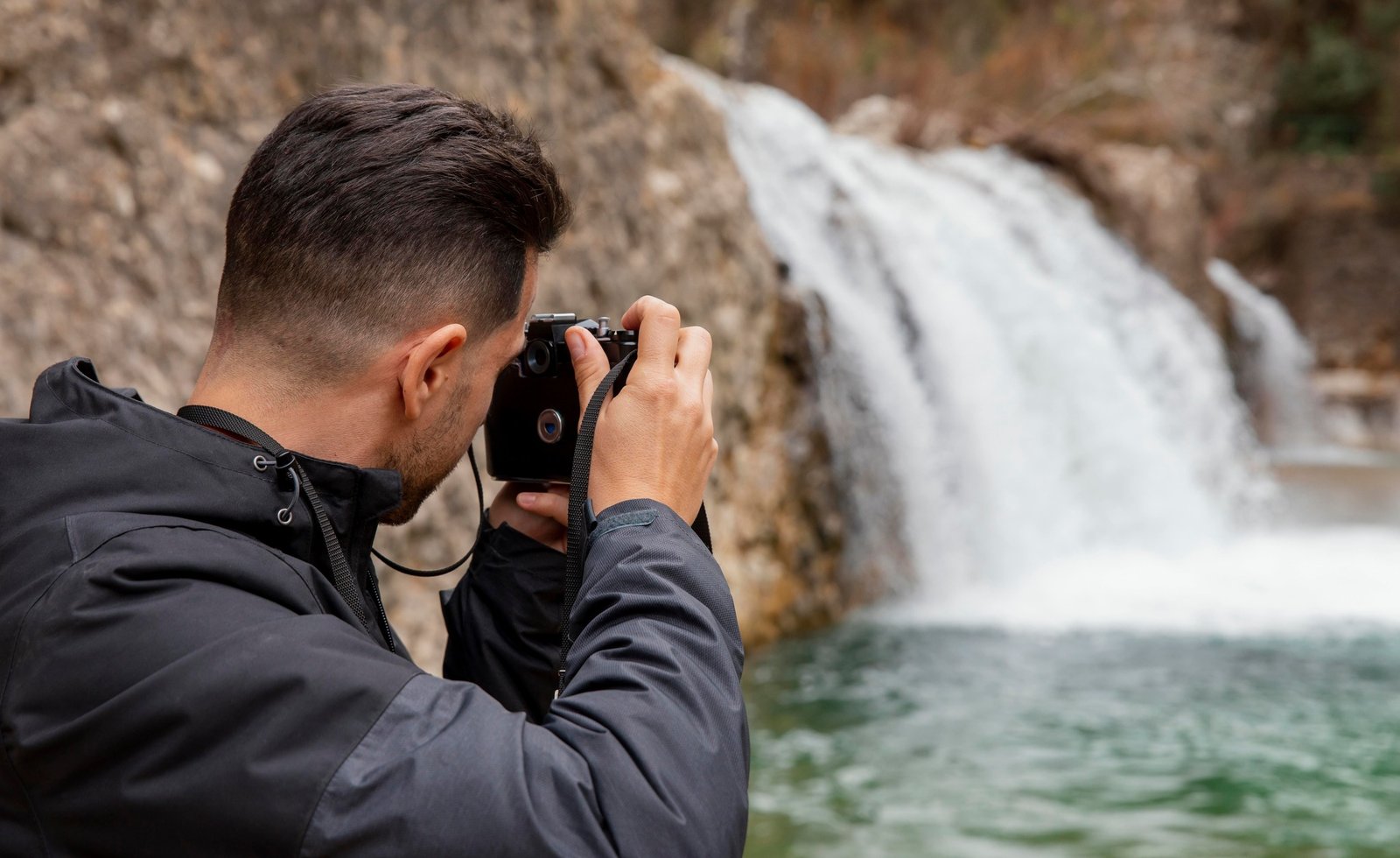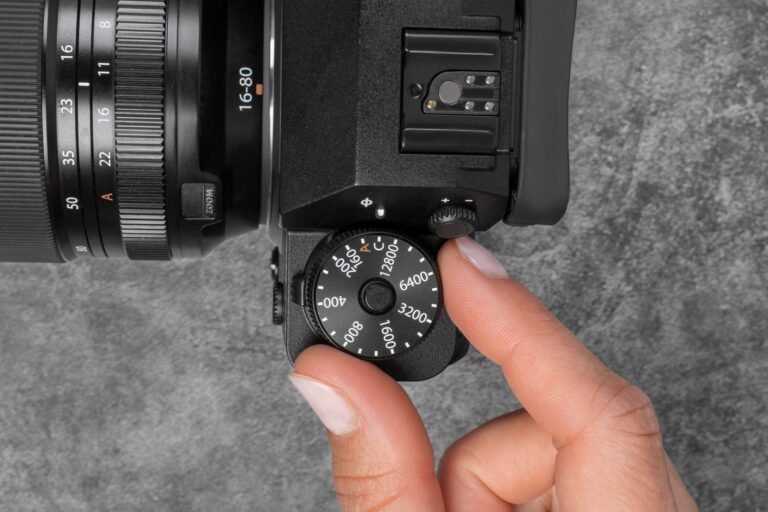
Effective outdoor photography involves capturing the beauty of natural landscapes, wildlife, people, and events in various outdoor settings. Here’s a comprehensive guide to help you master the art of outdoor photography:
- Plan Ahead
– Location Scouting: Research and visit locations during different times of the day to understand lighting conditions and potential compositions.
– Weather Forecast: Check the weather forecast to anticipate lighting conditions and plan accordingly.
– Timing: Schedule shoots during golden hour (early morning or late afternoon) for soft, warm light, or during blue hour (just before sunrise or after sunset) for atmospheric effects.
- Gear Preparation
– Camera and Lenses: Choose appropriate lenses for the desired focal length and style of photography (wide-angle for landscapes, telephoto for wildlife).
– Tripod: Essential for stability, especially in low light or when using slow shutter speeds.
– Filters: Consider using polarizing filters to reduce reflections and enhance colors, or neutral density (ND) filters for long exposures in bright conditions.
- Composition Techniques
– Rule of Thirds: Place key elements off-center to create a balanced and visually appealing composition.
– Leading Lines: Use natural lines (paths, rivers, fences) to lead the viewer’s eye into the scene.
– Foreground Interest: Include interesting foreground elements to add depth and context to your photos.
– Frame Within a Frame: Use natural elements (tree branches, archways) to frame your subject and draw attention to it.
- Lighting and Exposure
– Use of Natural Light: Understand how different times of day and weather conditions affect the quality and direction of light.
– Exposure Control: Use exposure compensation to adjust for bright or dark scenes, and use the histogram to check exposure levels.
– Backlighting: Embrace backlighting to create silhouettes or emphasize the shape and texture of your subjects.
- Capturing Landscapes
– Focus and Depth of Field: Use a small aperture (higher f-number) to achieve a deep depth of field and keep the entire scene sharp.
– Use of Foreground: Incorporate foreground elements to add scale and depth to your landscape photos.
– Reflections: Capture reflections in water or other reflective surfaces to add interest and symmetry to your compositions.
- Wildlife and Nature Photography
– Patience and Observation: Spend time observing wildlife behavior and patterns to anticipate moments worth capturing.
– Respect Wildlife: Keep a safe distance and avoid disturbing animals in their natural habitat.
– Fast Shutter Speeds: Use fast shutter speeds to freeze movement and capture sharp images of wildlife in action.
- People and Lifestyle Photography
– Natural Poses: Encourage natural and relaxed poses by interacting with your subjects and creating a comfortable atmosphere.
– Environmental Portraits: Place your subjects within their surroundings to tell a story about their lifestyle or profession.
– Candid Moments: Capture spontaneous moments and emotions to convey authenticity in your photos.
- Post-Processing and Editing
– RAW Format: Shoot in RAW to retain maximum image quality and flexibility for editing.
– Editing Tools: Use software like Adobe Lightroom or Photoshop to enhance colors, adjust exposure, and fine-tune details.
– Maintain Natural Look: Avoid over-editing to preserve the natural beauty and authenticity of outdoor scenes.
- Safety and Respect
– Respect Nature: Leave no trace and respect local wildlife and environmental regulations.
– Weather Preparedness: Be prepared for changing weather conditions and ensure your gear is protected.
- Continuous Learning and Experimentation
– Experiment with Techniques: Try new techniques such as long exposure, HDR, or panoramas to expand your skills and creativity.
– Learn from Others: Seek inspiration from other photographers, attend workshops, and join photography communities to share knowledge and experiences.
By following these guidelines and continuously practicing your outdoor photography skills, you’ll be able to capture stunning images that evoke emotions and tell compelling stories of the natural world and human interactions within it. Remember, each outdoor photography session is a new opportunity to explore and celebrate the beauty of our surroundings through your lens.






